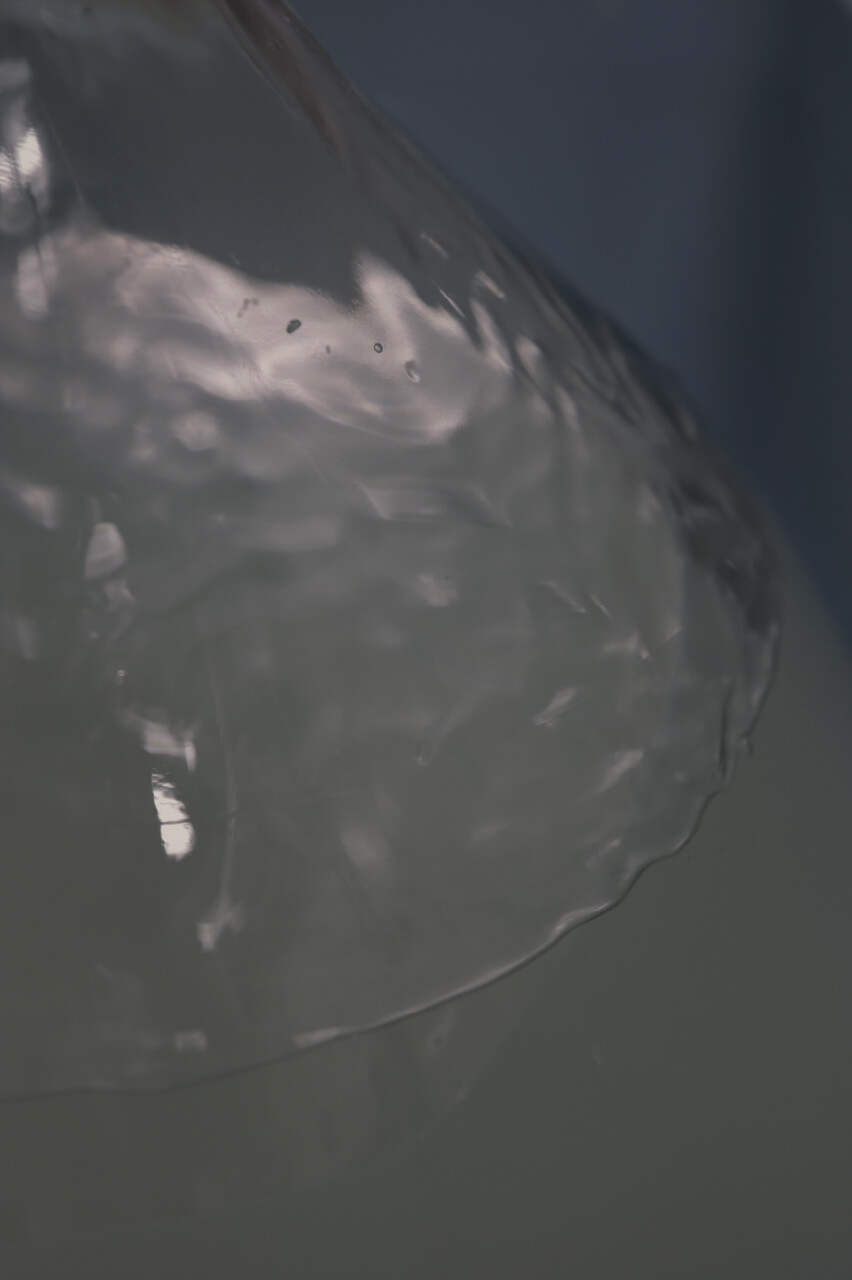“Mizuno Brewery Ginjo”
Until World War II, this is what the label on a bottle of Kokuryu sake read. At the time, ginjo simply meant “carefully brewed" — but the word would later take on a deeper significance.
From the Meiji period, around the turn of the last century, the annual National Sake Appraisal was the gateway to success for small rural breweries. A gold award in this competition attested to the quality of their sake, propelling winning breweries to national recognition.
Then in the 1930s, early in the Showa period, the appearance of a new vertical rice milling machine made it possible to polish sake rice to greater degrees. The invention spurred brewers into a competition to create the finest ginjo sake.
Of course Kokuryu entered the race. Knowing the stakes, we worked to improve the quality of our ginjo labels. The result? Numerous gold medals. But our biggest prize was succeeding at what few even thought possible: the creation of a commercially viable daiginjo sake.
The year was 1975. The daiginjo Kokuryu Ryu was released nationwide. Among sake enthusiasts, it attracted attention as Japan's most expensive sake.
Around this time, the Japan Sake Makers' Association issued its “Standards for Description of Ingredients and Production Methods.” There was no daiginjo category. Ryu was truly ahead of its time.
Kokuryu continues to seek ways to make the best sakes, and released finest series of Ishidaya and Shizuku. For us this quest is not in name only, and customer satisfaction is always our highest priority.


